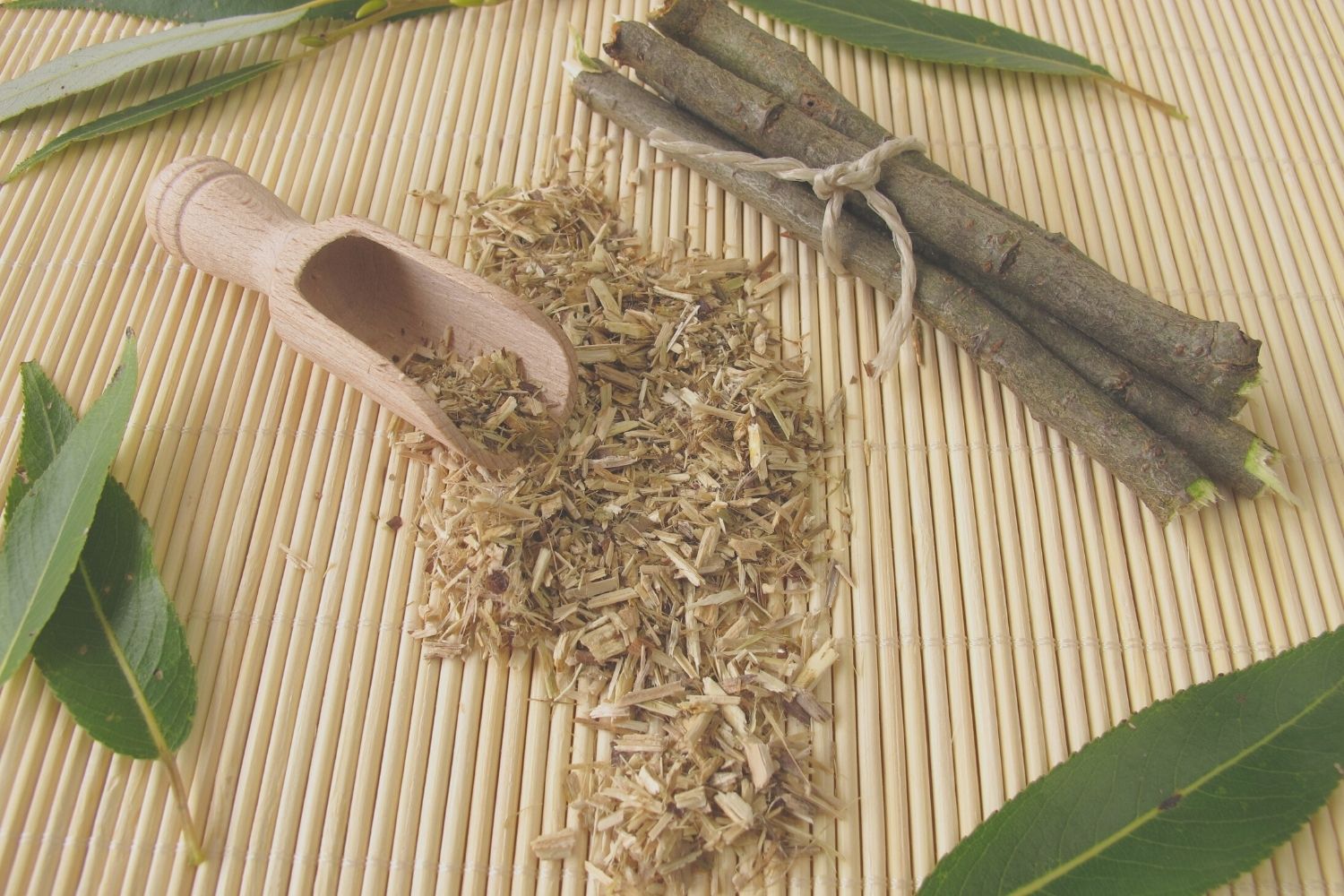Citric acid is a plant derived AHA found in citrus fruits like lemons, oranges and grapefruits. Citric acid is more than just a chemical exfoliant, the following are several skin benefits that make citric acid unique.
Legend has it, Cleopatra used to actually bath in milk regularly to soften her skin and keep her looking glowy and vibrant. Because we are in the 21st century, receiving the skin benefits of milk has become easier than ever with the skin care ingredient lactic acid.
The number one mistake many of us make is skipping exfoliation when it comes to our skin care routine. Meet mandelic acid. Mandelic acid is a chemical exfoliant that tends to be gentler on the skin but what does it do?
Unlike AHAs, BHAs are oil soluble meaning they work to penetrate deeper and exfoliate extra oil build-up in your pores. Because of this effect, BHAs are great at combating whiteheads and blackheads. The following include some of the benefits of BHAs on your skin.
In this post, we will be diving into Alpha-hydroxy acids and determining who would benefit most from its use. So, what are Alpha-hydroxy acids? AHA’s are plant and animal-derived acids that are formulated in a great deal of skin care products.
Knowing the difference between AHAs and BHAs can be a necessary step in creating the perfect routine for your skin type. However, a new breed of acid has recently entered the skin care arena, this new acid is PHA or polyhydroxy acids.
If you have a developed skin care routine or just venture out to try new products, you have used something on your skin that contains a hydroxy acid. Hydroxy acids provide versatile skin benefits like brightening, smoothing, firming and clearing skin, but how do they work?








